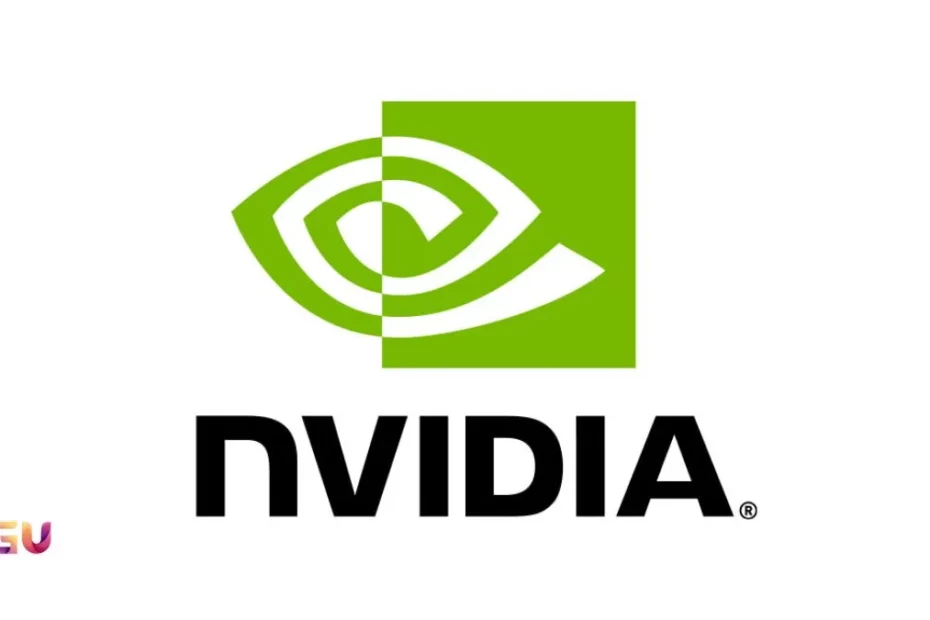New York, NY — Nvidia (NASDAQ: NVDA) has seen its stock soar nearly 50% since March, buoyed by record-breaking financials and growing AI infrastructure demand. But while the chipmaker’s future remains tied to the global artificial intelligence race, at least one investor is cautioning that the rally may be moving too fast.
Nvidia recently reported fiscal Q1 2026 revenue of $44 billion, a 69% year-over-year increase. The company’s data center business, which grew 73%, continues to drive its momentum thanks to robust AI training and inference workloads. Yet investor Johnny Zhang believes the gains may be pricing in too much optimism amid lingering export risks and supply-side uncertainty.
Mounting Risks Could Slow Nvidia’s Growth
Zhang points to the looming $8 billion inventory write-down related to U.S. export restrictions on Nvidia’s H20 GPUs, a major concern for its China business. If these trade limitations persist, Nvidia could lose access to as much as $50 billion in total addressable market (TAM) across Chinese markets.
“Chasing the stock’s rally from here seems less compelling to me,” said Zhang, who maintains a Hold rating on Nvidia. He also noted that Trump-era tariffs, which remain intact, could weigh more heavily on Nvidia’s earnings in the second half of 2025.
Despite his warning, Wall Street analysts remain largely bullish: 35 Buy ratings, 4 Holds, and just 1 Sell. The average 12-month price target is $172.36, implying more than 20% upside from current levels.
Rosenblatt AI Summit Spotlights Nvidia’s Networking Vision
At the Rosenblatt Securities’ 5th Annual Age of AI Summit, Nvidia reinforced its ambition to dominate not just GPUs, but the networking architecture powering the AI revolution.
Gilad Shainer, Nvidia’s SVP of Networking, detailed the company’s scale-up and scale-out strategies that are crucial for next-gen AI data centers. The spotlight was on NVLink Fusion and co-packaged silicon photonics, technologies that promise to triple GPU density without exceeding power limits.
Nvidia emphasized the transition from copper to optical networking as essential for supporting large-scale AI workloads, citing new optical systems requiring six transceivers per GPU. Its Spectrum X networking platform already supports hundreds of thousands of GPUs in a single workload.
“Infrastructure is no longer an afterthought—it’s the foundation of future AI capabilities,” Shainer said.
Looking Ahead
With workloads growing in complexity and data centers scaling rapidly, Nvidia is expected to introduce support for up to one million GPUs in the near future. While its networking advancements position it as a backbone provider for AI infrastructure, geopolitical pressures and policy shifts could challenge its pace of growth.
Still, Nvidia remains at the center of the AI economy, and whether its current stock rally can sustain depends on how it navigates China tensions, supply chain evolution, and future data center innovation.
